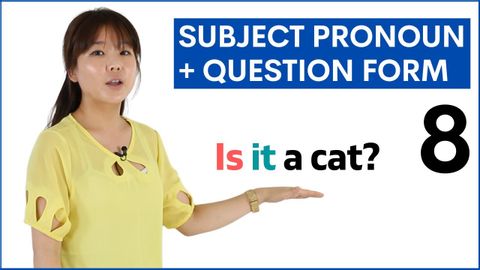主語代名詞の疑問形を学ぶ|基礎英文法講座|ベネッセコーポレーション (Learn Subject Pronoun Question Forms | Basic English Grammar Course)
Summer が 2021 年 09 月 09 日 に投稿  この条件に一致する単語はありません
この条件に一致する単語はありません- adj.やりにくい;扱いにくい : 油断ならない;正直ではない
- n. (c./u.)共有地;(地域共同体が所有する)共有地
- adj.公共の;典型的;一般の;広まっている;下品な;普通名詞の
US /ˈsɛntəns/
・
UK /'sentəns/
US /bɔrd, bord/
・
UK /bɔ:d/
- n. (c./u.)板;役員会;ボード;板;食事
- v.t./i.搭乗する;食事付きで下宿する;下宿させる
- v.t.板を貼る
エネルギーを使用
すべての単語を解除
発音・解説・フィルター機能を解除
